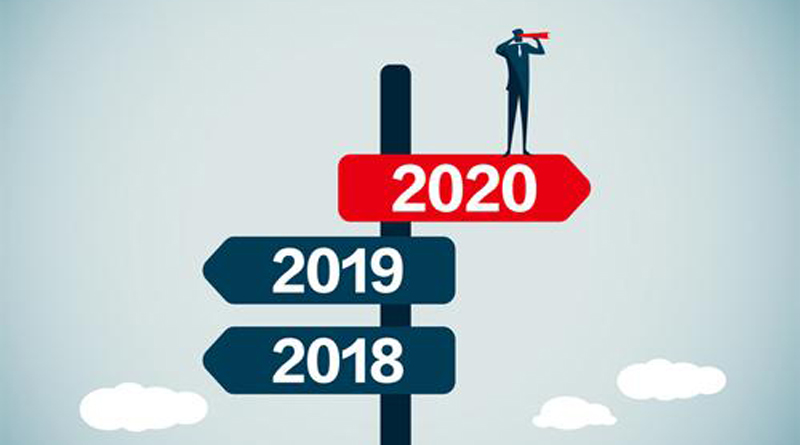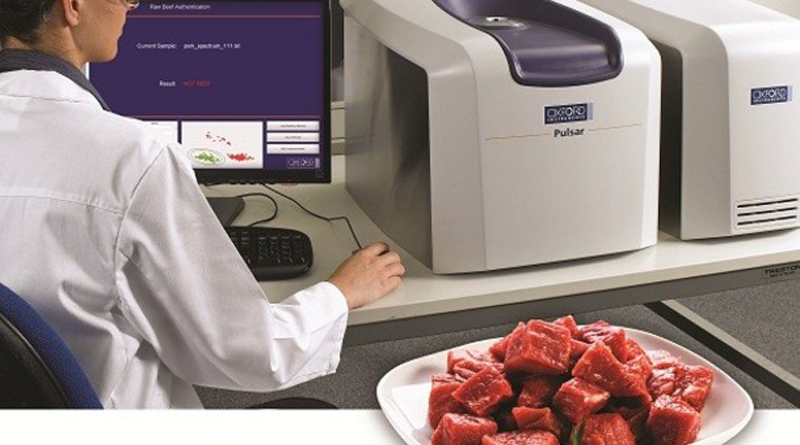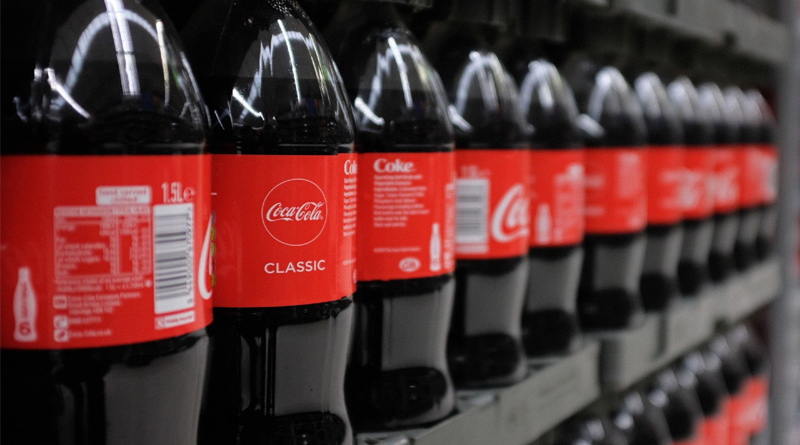Over the past 20 years, the consumer packaged goods (CPG) industry has evolved rapidly, and that progression will not slow down as we enter a new decade.
CPG trends that took off in 2019, such as self-care, plant-based products and CBD, will continue to grow. Self-care is already a $9.9 billion industry in the U.S., and 62 percent of consumers want to spend more than they currently do on their non-essential health care needs. Meanwhile, U.S. retail sales of plant-based food increased significantly in 2019 to $4.5 billion. Many big names in retail grocery and mainstream foodservice, including fast-food giants like Burger King and White Castle, have hopped on the bandwagon, and McDonald’s is currently testing the waters. CBD’s momentum will continue to grow, and we expect it will go from niche to mainstream this year as consumers become more educated and research data expands. Over the next four years, CBD is projected to become a $20 billion industry.
As evidenced by these booming trends, consumers are becoming increasingly health-conscious. More than 60 percent of U.S. adults agree that “healthfulness” heavily influences their food and beverage purchase decisions, and 70 percent of millennials say they evaluate their health from a holistic perspective. Due to this consumer appetite, the market for functional foods and beverages with added nutritional benefits, such as prebiotic and probiotic products, will continue to expand with sales likely reaching $275 billion by 2025.
Locally-sourced products, especially produce, are also gaining in popularity as more consumers become aware that food grown closer to home means it will be fresher, support the local economy, and generate fewer carbon emissions. Shoppers over the age of 35, in particular, are more willing to pay a premium for local food. To keep customers coming back, retailers will need to differentiate their assortment of local products from those of their competitors.
Consumers’ focus on health is also affecting non-grocery channels, particularly sales of e-cigarettes and tobacco products. Whether by choice or state mandate, many retailers have already stopped selling such merchandise or raised the buying age to 21, and that trend will continue.
Retailers will not only focus on what shoppers want to buy but also on how they want to buy it. While most consumers still prefer a brick-and-mortar experience that delivers enticing sights, sounds and smells, they also want options, which has led to loyalty becoming increasingly fragmented. Digital is influencing an estimated 53 percent of all purchasing decisions, and grocery represents one of the fastest growing online purchase categories. Retailers will need to blend in-store and online shopping experiences in order to attract and retain customers, particularly Gen Z and millennials, who can move seamlessly between both virtual and physical stops to meet their household’s grocery needs.
Millennials are also responsible for changing the way brands interact with customers. Seventy-two percent of millennials would rather pay for experiences than material items, with FOMO — fear of missing out — being their main concern. Retailers and brands that are building “FOMO-worthy” experiences are cashing in as customers share them with their followers. These range from the basic customer experience to creating “Instagrammable” moments in-store. Brands are innovating with convenience as well as digital elements like augmented reality to create more engagement with shoppers.
The next decade will surely bring further change to the CPG industry as consumers’ priorities and appetites evolve and digitization continues to expand. Retailers will need to be nimble and adapt to the seemingly never-ending changes, or risk getting left behind.
Source: Total Retail










